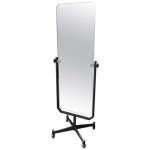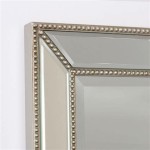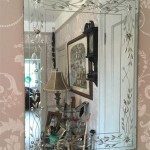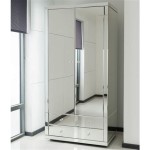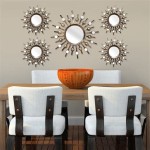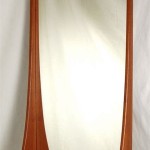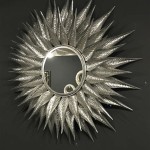Antique Dressing Table With Mirror
Antique dressing tables with mirrors, also known as vanities, offer a blend of functionality and elegance, adding a touch of classic charm to any bedroom. These pieces often reflect specific historical periods and design movements, showcasing intricate craftsmanship and unique details that make them coveted items for collectors and interior design enthusiasts.
Identifying Key Periods and Styles
Recognizing the stylistic characteristics of different eras helps in identifying and appreciating antique dressing tables. Victorian-era vanities often feature ornate carvings, dark wood finishes, and marble tops. Art Deco examples showcase geometric lines, mirrored surfaces, and chrome or nickel accents. The simpler lines and lighter wood tones of the Arts and Crafts movement contrast sharply with the elaborate Rococo style, known for its intricate shell motifs and curvaceous forms.
Assessing the Condition and Authenticity
Careful examination is crucial when assessing the condition of an antique dressing table. Signs of wear and tear, such as minor scratches or discoloration, can contribute to the piece's character, but significant damage, like structural instability or extensive veneer loss, can impact its value and usability. Authenticity is another critical factor. Look for consistent construction techniques, appropriate hardware, and the absence of modern repairs or alterations that deviate from the original design.
Understanding the Materials and Construction
Antique dressing tables were crafted from a variety of materials, including mahogany, walnut, oak, and rosewood. Identifying the type of wood helps determine the age and origin of the piece. The construction methods, such as dovetail joints or mortise and tenon joinery, provide further clues about the craftsmanship and quality. Examining the mirror itself is also essential. Antique mirrors often exhibit some degree of foxing or silvering loss, which can be a sign of age and authenticity, but excessive damage can detract from the overall aesthetic.
Evaluating the Mirror and its Integration
The mirror is an integral part of the dressing table, and its design often complements the style of the table itself. Some mirrors are attached directly to the table, while others are freestanding or part of a triptych design with two smaller side mirrors. The frame of the mirror is also important, often showcasing similar decorative elements as the table, such as carving, inlay, or gilding. The size and shape of the mirror contribute to the overall functionality and aesthetic of the piece.
Considering Size, Functionality, and Placement
Before acquiring an antique dressing table, consider its size and functionality. Measure the available space in the room to ensure a proper fit. Assess the storage capacity, including drawers, compartments, and shelves. The placement of the dressing table within the room is also important. Ideally, it should be positioned near a natural light source to enhance its functionality and showcase its beauty. Think about how the piece will interact with other furniture and décor in the room to create a cohesive and visually appealing arrangement.
Restoration and Care
Maintaining the beauty and integrity of an antique dressing table requires proper care. Regular dusting with a soft cloth is essential to prevent the buildup of dirt and grime. Avoid using harsh chemicals or abrasive cleaners, as these can damage the finish. Antique furniture restorers can address more significant issues, such as repairing broken parts or refinishing damaged surfaces. However, restoration should be undertaken with caution, as overly aggressive approaches can diminish the value and historical significance of the piece. Consulting with a qualified professional is recommended before undertaking any major restoration work.
The Value of Antique Dressing Tables
The value of an antique dressing table is determined by a combination of factors, including its age, rarity, condition, materials, and provenance. Pieces from renowned makers or with a documented history tend to command higher prices. The presence of original hardware, mirrors, and other components also contributes to the value. Consulting with an antique appraiser can provide a more accurate assessment of a particular piece's worth. Remember that the value of antiques can fluctuate over time, influenced by market trends and collector demand.
The Role of Provenance and Maker's Marks
Provenance, or the history of ownership, can significantly impact the value and desirability of an antique dressing table. Documentation, such as old photographs, receipts, or letters, that trace the ownership of the piece can enhance its authenticity and historical significance. Maker's marks, often stamped or inlaid into the furniture, can also help identify the craftsman or workshop responsible for its creation. These marks can be valuable clues in determining the age, origin, and quality of the piece, contributing to its overall value.

Sold Example Of My Work Antique Dressing Table With Mirror Vintage Vanity Painted Furniture Albany New York

Tyzd881 1 Antique Dressing Makeup Table Wooden Dresser Set Drawer With Mir Vintage Bedroom Furniture Home Decor Mirrored

Sold 1930 S Victorian Vanity Antique Dressing Table With Mirror Denmark

Mary S Antique Dressing Table Makeover Confessions Of A Serial Do It Yourselfer

European Style Antique Carved Wooden Dressing Table With Stool Furniture Design Home Decor
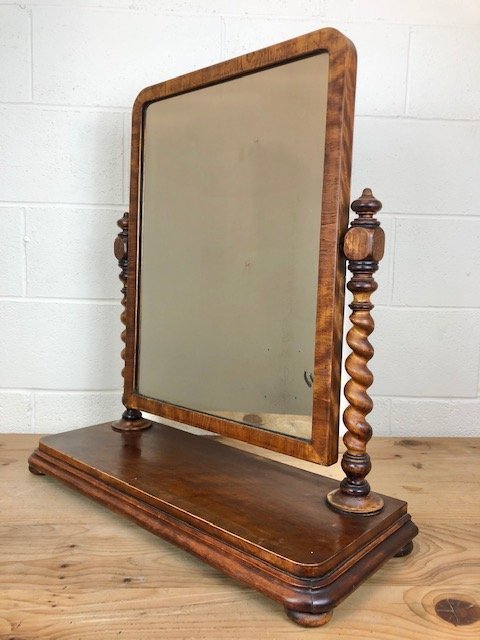
The Penderyn Furniture Co Victorian Mahogany Dressing Table Swing Mirror

European Style Antique Dresser Furniture Dressing Table Set With Mirror And Stool Makeup Vanity Wooden High Quality China Dress Home Made In Com

279 Antique Dressing Tables For Ingantiques Co

A Buyer S Guide To Identifying Antique Dressing Tables

Dressing Table Mirror Antique Dresser 8013 China Ningtstand Made In Com


